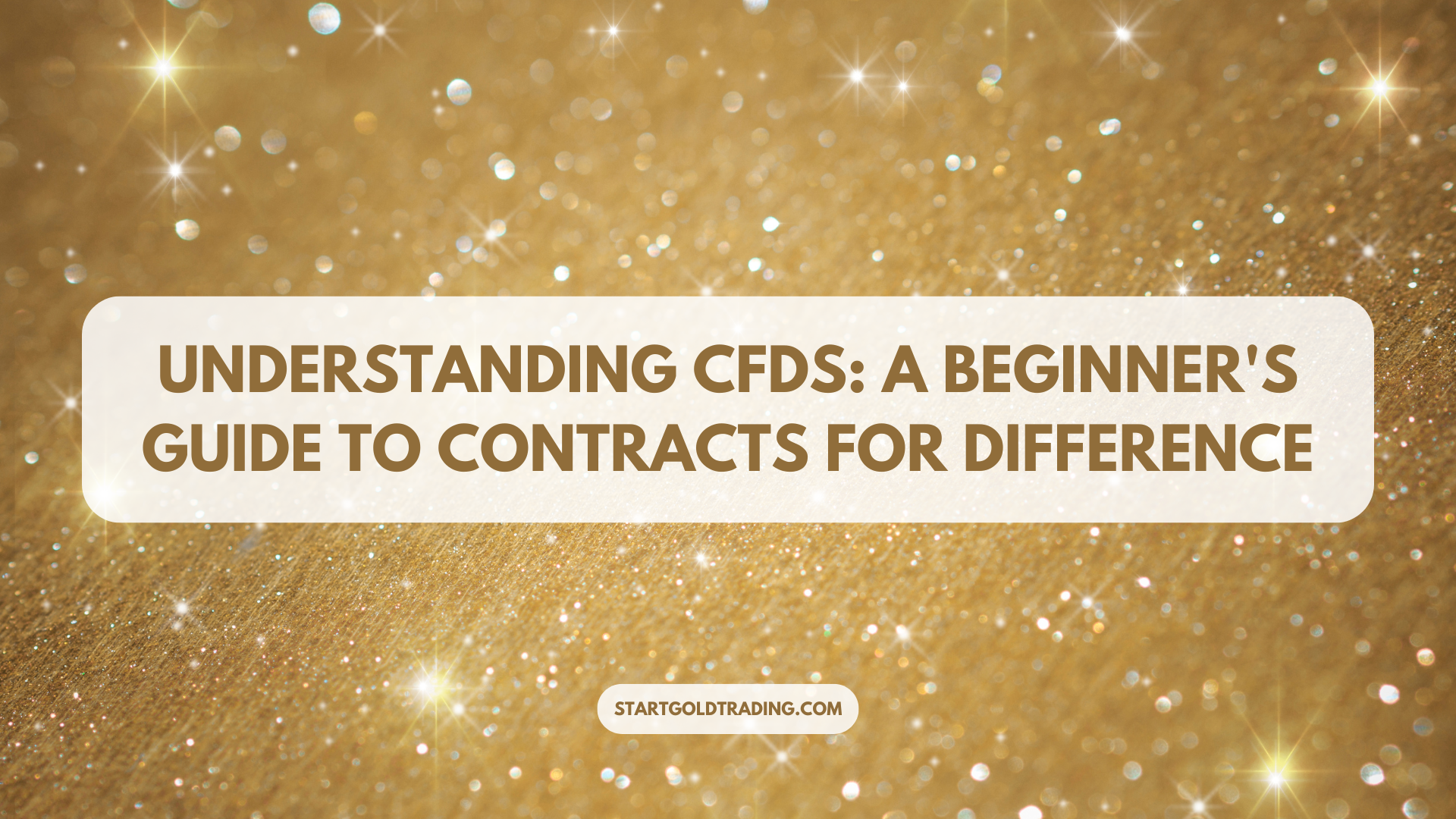Contracts for Difference (CFDs) are a bit like magic tricks in the financial world. Just as a magician can pull a rabbit out of a hat without actually showing you the rabbit until the final reveal, CFD trading allows you to profit from changes in gold prices without ever actually owning the metal. This makes it a versatile and accessible way for beginners, including teenagers, to dive into the world of trading. Let’s break down the basics of CFD trading, explore key terms you need to know, and walk through some examples to bring clarity to this exciting form of trading.
Definition and Mechanics of CFD Trading

Imagine you’re playing a video game where you can gain points by predicting whether it’s going to rain tomorrow. You don’t need to know how to make it rain; you just need to guess correctly. CFD trading works similarly. In CFD trading, you enter into a contract with a broker to exchange the difference in price of a commodity like gold from when you open your position to when you close it. If your prediction is right, and the price moves in the direction you guessed, you make a profit. If you’re wrong, you face a loss.
The beauty of CFDs is that you can profit from both rising and falling markets by choosing to go ‘long’ (buy) if you think prices will rise, or ‘short’ (sell) if you anticipate a decline. This flexibility is one of the key attractions of CFD trading.
Key Terms in CFD Trading
To navigate the world of CFDs effectively, you’ll need to understand some essential terms:
- Leverage: This is like a video game power-up that allows you to increase your exposure to the market without increasing your investment capital. For example, with a leverage of 1:100, you can control $10,000 worth of gold with just $100. However, while leverage can amplify your profits, it can also magnify your losses.
- Margin: Think of this as a security deposit. It’s the amount of money you need to open and maintain a leveraged position. If the market moves against you, you may need to pay an additional margin to keep your position open, which is known as a margin call.
- Lot: In CFD trading, a lot represents a standardized quantity of the commodity that you wish to trade. For gold, one lot is typically equivalent to 100 ounces of gold.
- Pip: This stands for “percentage in point” and represents the smallest price move that a currency exchange rate can make based on market convention. For gold, a pip is usually $0.01 per ounce.
Simple Examples to Illustrate CFD Trading
Let’s say you’re interested in trading gold and believe the price will go up. You decide to buy 1 lot of gold CFDs at $1,800 per ounce. Your broker offers a leverage of 1:100.
- Opening the Trade: You open a position by buying 1 lot of gold at $1,800 per ounce. The full value of the position is $180,000, but with leverage, you only need to put down 1% as margin, which is $1,800.
- The Market Moves: After a few days, the price of gold increases to $1,810 per ounce. The increase in price is 10 pips.
- Closing the Trade: You decide to close your position. The new value of your gold is $181,000 (100 ounces x $1,810). Your profit is $1,000, calculated as ($181,000 – $180,000).
This simple example shows how you can use a relatively small amount of money to make significant trades (and potentially profits) through the magic of leverage. However, remember the sword of leverage swings both ways, and losses can be just as amplified.
Conclusion
CFD trading offers a gateway into the trading world, allowing you to speculate on gold without the burdens of physical ownership. By understanding the key mechanics and terms outlined in this beginner’s guide, you’re better prepared to start your trading journey responsibly and effectively. As you move forward, remember that like any form of investment, it requires careful consideration and management of risks to truly master the art of trading CFDs.

